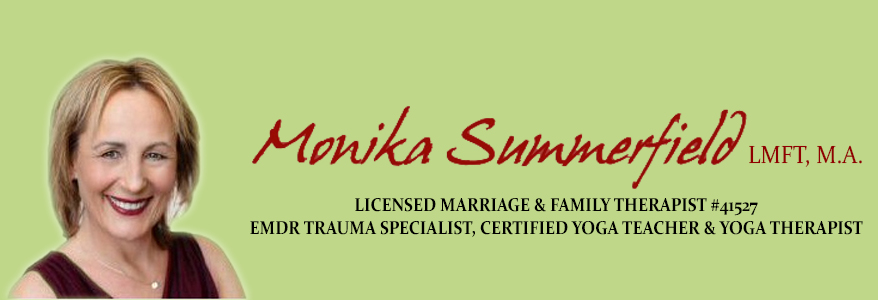 What is Kundalini Yoga?
What is Kundalini Yoga?
Kundalini Yoga is a form of yoga which is more than 4000 years old. Yogi Bhajan introduced it to the West in 1969. Since then, it has been practiced and taught all over the world. Kundalini Yoga is also called the Yoga of Awareness, as its practice facilitates a clearer awareness of your body, your inner knowing, and a state called the neutral mind. This makes it particularly helpful to combine with psychotherapy as Yoga therapy.
For beginners, Kundalini Yoga is relatively easy, as it does not require you to “tie yourself in knots,” or to hold postures for an extended period of time. It combines breathing, physical exercise, chanting, and meditation. Relaxation is emphasized by a final relaxation time at the end of each class.
Benefits of Kundalini Yoga
- Balance the glandular system
- Strengthen the nervous system, consisting of 72,000 pranic nerves
- Improve circulation
- Clear impurities of the bloodstream
- Expand lung capacity
- Increase energy and vitality
- Adjust the metabolism (weight)
- Overcome addictive behavior
- Help with stress reduction
- Have an Immediate calming effect and the experience of your neutral mind
- Enable you to harness the energy of the mind and the emotions, so you can be in control of yourself, rather than being controlled by your thoughts and feelings
- Increased sense of well-being and spiritual connectedness
Yoga therapy is the use of the techniques of Yoga to create, stimulate, and maintain an optimum state of physical, emotional, mental, and spiritual health.
– Judith Hanson Lasater, Ph.DYoga therapy is of modern coinage and represents a first effort to integrate traditional yogic concepts and techniques with Western medical and psychological knowledge. Whereas traditional Yoga is primarily concerned with personal transcendence on the part of a “normal” or healthy individual, Yoga therapy aims at the holistic treatment of various kinds of psychological or somatic dysfunctions ranging from back problems to emotional distress. Both approaches, however, share an understanding of the human being as an integrated body-mind system, which can function optimally only when there is a state of dynamic balance.
– Georg Feuerstein, Ph.D.
What is Yoga Therapy?
 Yoga therapy is the combination of psychotherapy/psychology and specific yogic exercises and meditation to maximize the benefit of both modalities.
Yoga therapy is the combination of psychotherapy/psychology and specific yogic exercises and meditation to maximize the benefit of both modalities.
Yoga therapy, taught by Monika, emphasizes cognitive psychotherapy with breathing exercises and meditation. She teaches being conscious of how our thought process influences our emotional, mental and physical well being. She assists you in changing negative faulty beliefs and thoughts to more positive and self-supportive thoughts and beliefs. Monika incorporates the practice of yoga to help you experience lasting changes and learn new coping tools to enable you to deal with the stressors of life.
Yoga therapy is available in Individual Therapy, as well as in a group setting. Group therapy allows you to express openly your challenges and release your suffering by being heard. Specific affirmations, meditations, breathing and chanting techniques are chosen to support you. Meditating and doing yoga in a group strengthens each individual, regardless of their physical ability to participate. For over four years, Monika has led Women’s Empowerment Yoga Therapy Groups supporting many women in their healing and growth. The data gathered demonstrates a high effectiveness of this treatment approach, which shows in a reduction of anxiety, depression, fatigue, sleep disturbances and other stress related symptoms.
Kundalini Yoga offers a broad variation of kriyas (a set of exercises) with very specific purposes and outcomes. For example if you feel depressed, specific physical exercises and breathing techniques are practiced that immediately reduce the feeling of hopeless. Each person has the opportunity to process his/her feelings and thoughts in a safe group atmosphere. Anxiety, depression, anger issues, emotional mood swings, phobias, addiction, obsessive thoughts, sleep disturbances, self-esteem issues can all be reduced and cured through this practice.
As science begins to document the importance of understanding the interrelation of the mind, body, spirit, and all existing things, it looks to Yoga with an intrigued eye. As yoga techniques are researched and new data is gathered, there is hope for being able to help more and more people — not only with symptom relief but also with a cure. The side effects of Yoga therapy are considerably low. As more research is published it is becoming easier for science and the medical field to recognize and promote the benefits of Yoga therapy.

